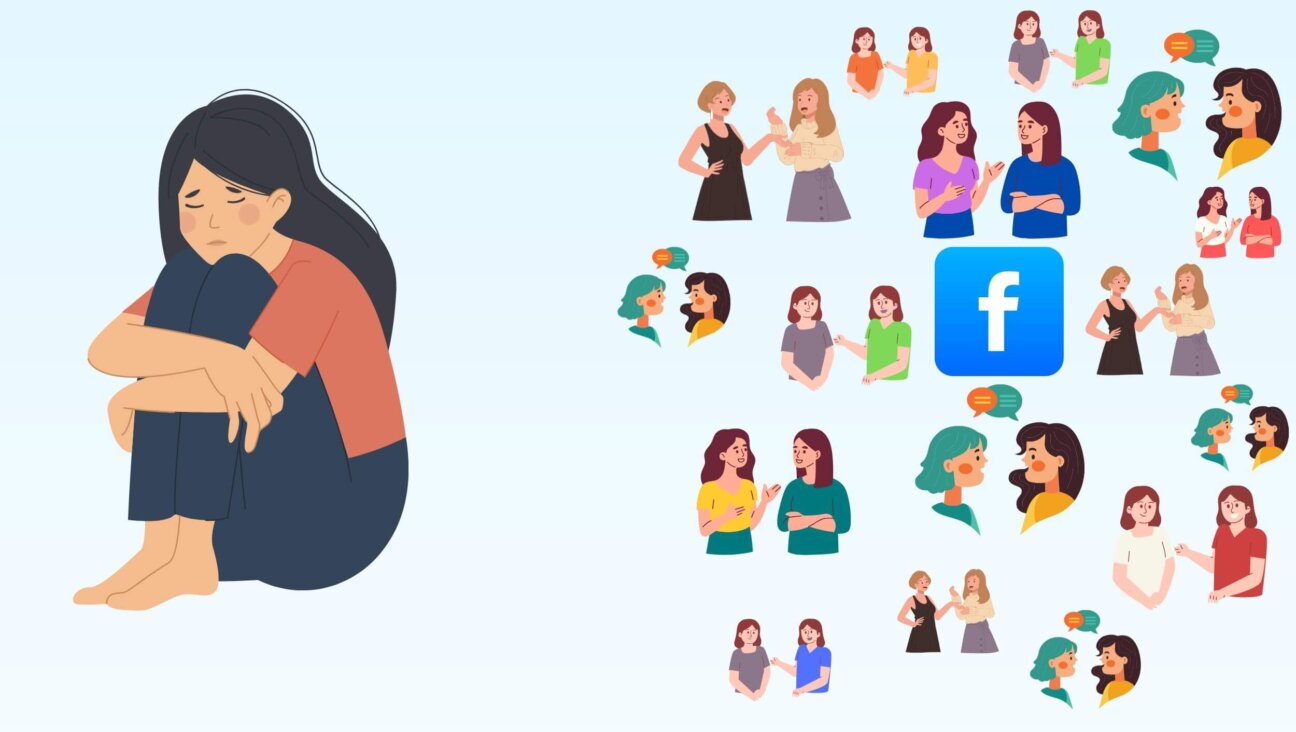Slavs, Slovaks, et al.
The Slovenes of Slovenia, the northwest corner of the former Yugoslavia, have, according to an April 17 New York Times article, a problem — which is why they’re about to change their flag. People confuse them with the Slovaks of Slovakia, the eastern half of the former Czechoslovakia, who have a similar flag. And if that isn’t aggravating enough, their country also gets confused with Slavonia, a region of eastern Croatia.
It’s a little like being called Sam and having cousins called Samuel, Sammy, Shmul and Shmulka because you’re all named after the same grandfather. The grandfather in this case is the Slavs, an overall term for all the peoples who speak Slavic languages: Russians, Bulgarians, Poles, Czechs, Ukrainians, Serbs, and so forth. A large group in the Indo-European linguistic family, the Slavs originated somewhere in Eastern Europe and eventually — certainly by the beginning of the Common Era — broke up into subgroups with different dialects and territories. And because several of these peoples continued to call themselves “Slavs,” as opposed, say, to “Russians” or “Poles,” there are Slovenians, Slovaks, Slavonians and former Yugoslavians to this day.
“Slav” and “slave” have the same etymology — or rather, our English word “slave” comes from “Slav,” as do German Sklave, French esclave, Italian schiavo, etc. The reason for this is that, from the period of the Roman Empire through the early Middle Ages, Slavic peoples provided a high percentage of the slaves of Europe. This in turn was because, compared to speakers of Germanic and Romance languages, the Slavs were historically late in organizing powerful kingdoms that could hold their own in warfare, the captives taken in which were generally sold into slavery. As far back as the ninth century, words deriving from “Slav” have come to mean “slave” in a number of European languages.
There is a curious Jewish angle to this, expressed in the fact that, throughout the Middle Ages, the Slavic languages were known to Jews as leshon kena’an, Hebrew for “the language of Canaan.” For example, the 11th-century Rashi, the best-known of Jewish biblical commentators, says about Deuteronomy 9:3, a verse telling us that snowcapped Mount Hermon, in the northern land of Israel, was called “Siryon” by the Sidonites or Phoenicians and “Snir” by the Amorites, the inhabitants of the Mesopotamian city of Mari: “This [Snir] means ‘snow’ in the language of Ashkenaz and the language of Canaan.” By “the language of Ashkenaz,” Rashi was referring to German, in which “snow” is Schnee, and by “the language of Canaan” to Russian or Ukrainian, in which it is sner and snir respectively.
Setting aside for the moment the question of whether Rashi actually thought there was a linguistic connection between the speech of the Phoenicians and Amorites, on the one hand, and that of the Germans and Slavs, on the other, why should Canaan — a place name that clearly refers in the Bible to pre-Israelite Palestine — have come to denote in medieval Hebrew the region in which Slavic languages were spoken? The answer to this has to do with three things: the connection between “Slav” and “slave”; the tendency of medieval Hebrew to turn to the Bible for names by which to call various parts of the world; and verses 24-26 of Chapter 9 of the book of Genesis. These verses come at the end of the story of how the drunken Noah was found naked by his three sons, Shem, Ham, and Jephet. Because, the Bible tells us, the youngest of the three, Ham, deliberately looked upon his father’s nakedness, he was forever cursed along with his descendants — among them his son Canaan, of whom we are told: “And he [Noah] awoke from his drunkedness and knew what his youngest son had done to him. And he said, ‘Cursed be Canaan; a slave of slaves shall he be to his brothers. Blessed by the Lord my God be Shem; and let Canaan be his slave.”
Shem was the father of the Semites, and Rashi, alluding to the fact that there were slave-owning Jews in the Europe of his day, comments on this: “Even when the sons of Shem [i.e., the Jews] go into exile, the sons of Canaan will be sold to them as slaves.” It was their joint association with slavery, clearly, that led to the equation of “the sons of Canaan” with the Slavs.
But did Rashi, to return to our deferred question, think the Slavs were actually descended from Noah’s grandson Canaan and spoke languages resembling those of the Phoenicians and the Amorites? It is quite likely that he did, since there was a rabbinical tradition, first found in the Hebrew historical work known as the Book of Yosefon, written about a hundred years before Rashi’s time, that the Slavic lands were settled by Canaanites. This belief, too, was based on Noah’s curse; if the Canaanites were doomed to be slaves, their descendants had to be looked for among the peoples who furnished slaves. That the words for “snow” in Slavic languages sounded like ancient Middle-Eastern names for a snowcapped mountain seemed a confirmation of this.
The Forward is free to read, but it isn’t free to produce

I hope you appreciated this article. Before you go, I’d like to ask you to please support the Forward.
At a time when other newsrooms are closing or cutting back, the Forward has removed its paywall and invested additional resources to report on the ground from Israel and around the U.S. on the impact of the war, rising antisemitism and polarized discourse.
Readers like you make it all possible. We’ve started our Passover Fundraising Drive, and we need 1,800 readers like you to step up to support the Forward by April 21. Members of the Forward board are even matching the first 1,000 gifts, up to $70,000.
This is a great time to support independent Jewish journalism, because every dollar goes twice as far.
— Rachel Fishman Feddersen, Publisher and CEO
2X match on all Passover gifts!
Most Popular
- 1

Opinion Trump’s Israel tariffs are a BDS dream come true — can Netanyahu make him rethink them?
- 2

Opinion My Jewish moms group ousted me because I work for J Street. Is this what communal life has come to?
- 3

Opinion I co-wrote Biden’s antisemitism strategy. Trump is making the threat worse
- 4

Film & TV How Marlene Dietrich saved me — or maybe my twin sister — and helped inspire me to become a lifelong activist
In Case You Missed It
-

Fast Forward Colombia appoints allegedly fake anti-Zionist rabbi as director of religious affairs
-

Fast Forward GOP Rep. Randy Fine, the newest Jewish congressman, calls Rashida Tlaib a ‘terrorist’
-

Fast Forward Freed hostage Liri Albag responds to backlash over Netanyahu criticism: ‘I fear what we have become’
-

Fast Forward France will move to recognize a Palestinian state this year, Macron says
-
Shop the Forward Store
100% of profits support our journalism
Republish This Story
Please read before republishing
We’re happy to make this story available to republish for free, unless it originated with JTA, Haaretz or another publication (as indicated on the article) and as long as you follow our guidelines.
You must comply with the following:
- Credit the Forward
- Retain our pixel
- Preserve our canonical link in Google search
- Add a noindex tag in Google search
See our full guidelines for more information, and this guide for detail about canonical URLs.
To republish, copy the HTML by clicking on the yellow button to the right; it includes our tracking pixel, all paragraph styles and hyperlinks, the author byline and credit to the Forward. It does not include images; to avoid copyright violations, you must add them manually, following our guidelines. Please email us at [email protected], subject line “republish,” with any questions or to let us know what stories you’re picking up.















